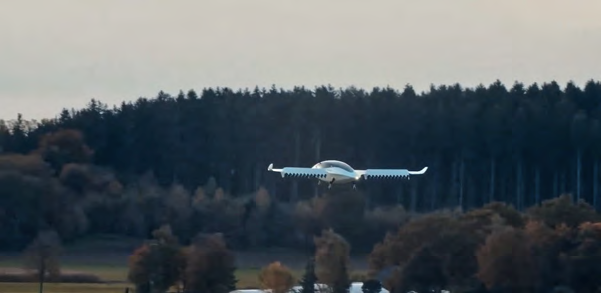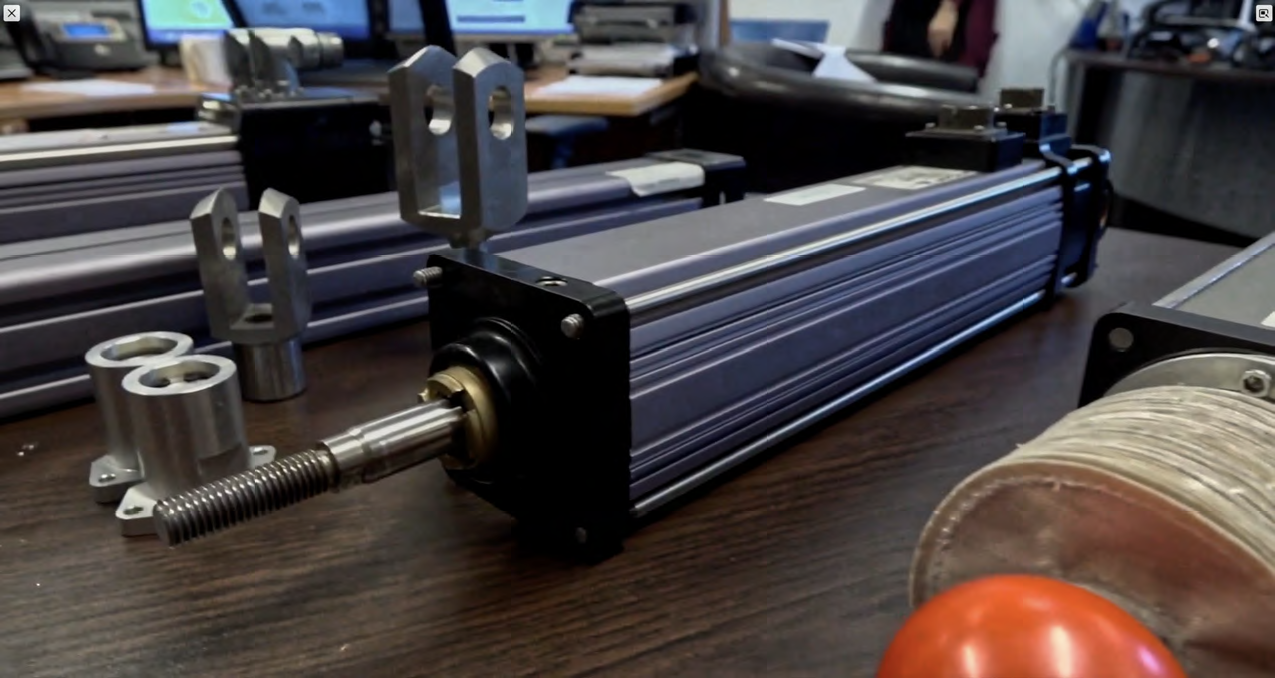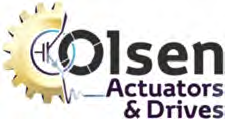Ian Walch, Managing Director
After the unnerving uncertainty of the COVID era, the space component industry is looking ahead at a considerably brighter future. The dark days of the pandemic left the industry with multiple challenges, including a shortage of raw materials and supply chain disruption.

However, the space and satellite industries have resurged with a vengeance and there are many opportunities waiting to be seized by component manufacturers. The numbers back this up. According to Mordor Intelligence, in 2024, the satellite component market was worth $3.16 billion, and this is forecast to grow to $4.37 billion in 2029 at a CAGR of 6.70%.
__________________________________________
Where’s the Growth Coming From?
__________________________________________
In the satellite industry, there is both a high degree of innovation, and a high growth rate and these are both significant reasons for the surge in demand for component to manufacture space hardware. The drivers are multiple, but there is a definite increased interest in space technology and its capabilities.
The satellite industry is going through a period of reinvention and is effecting change in the approach and mindset to manufacturing space hardware.
Let’s take a closer look at the drivers for the increase in component demand.
Driver 1: Increase in smallsat manufacturing and surge in LEO:
The demand for LEO satellites and the entire New Space sector has heralded a need for COTS components that allow fast turnaround on projects. By using off-the-shelf components that also may be further customized, proprietary development time is eliminated and costs kept down.
 Driver 2: Antenna segment expected to grow:
Driver 2: Antenna segment expected to grow:
The antenna segment is going through a significant period of growth as demand increases and technology becomes increasingly sophisticated for steerable antennas and ground terminals used for satcoms. The terminal market is expected to grow by $3 billion according to Novaspace, and the FPA and ESA terminal sectors are growing exponentially due to their importance in unlocking LEO satellite capabilities.
Driver 3: Interest in space exploration:
There has been a renewed fascination with space, and it is more accessible than ever before. There has been an increase in space tourism with companies such as Blue Origin sending 47 space tourists so far into LEO. We are also seeing increasing funding for space agency programs to explore our nearest planetary neighbors, helping us to develop our knowledge of space and what we can achieve there. This in turn is driving up demand for components for launchers, spacecraft and even space destinations. Robotics will play a critical part in space exploration, of which components such as actuators and drives are essential. Rovers built to withstand the environmental conditions on the Moon and Mars demand hardened components that can cope with regolith, for example, and radiation. We are sure to see a lot more in terms of planetary robot systems to enable us to explore the Moon and Mars over the coming years.
Driver 4: Emerging economies joining space race:
The benefits of space are being realized by many developing countries that are deciding to become involved and develop space markets of their own. Emerging countries in Africa and Asia, for example, are beginning to build momentum with their own space projects. Whether they are intended for communications to bridge digital divides, for Earth observation, for disaster management or something more ambitious, this is also creating demand.
Driver 5: Increase in commercial space players:
There has been a vast increase in the amount of commercial space companies. The New Space movement has seen many innovative space start-ups moving into the space sector and they work rapidly. This is creating growth in COTS components as New Space actors tend to need projects turning around quickly and are less averse to risk. Instead of developing proprietary components which is costly and time consuming, they depend on off-she-shelf or customized parts.

Driver 6: Government initiatives on the rise: Military satellite projects are increasing and they depend heavily upon a reliable component supply chain and have previously used a lot of bespoke components within their projects. Component development requires large non-recurring costs to produce with expenses such as R&D and testing and this can limit the potential suppliers that can compete to produce them and can create a lack of competition. Using off-the-shelf components, as with New Space players, saves money and time. COTS does not mean cutting corners. It simply means that components are available as and when they’re needed, customized or not, and that satellite projects can come to fruition, and do the job in the field that they are required to do today, rather than suffer delays and the danger of becoming obsolete. A nimble mindset will help to vastly reduce lead times and deploy new technology quickly, where it is so critical to mission success.
__________________________
Anticipation for 2025
________________
As a manufacturer of actuators and drives for the space sector, we are very excited as we look forward to 2025 and the promise that it holds. We have recently moved into a new facility where we will be able to continue our manufacturing but also to redouble our R&D efforts in a purpose-built environment.
Manufacturers of components, such as ourselves, need to constantly engage and listen to our customers so that we can service their requirements when they arise. We must anticipate and know what’s coming next.
 We must have the agility to be able to pivot and adapt to work on many kinds of project. Some components will be COTS, but some will also need to be customized. Manufacturers therefore must be flexible and able to meet both sets of requirements.
We must have the agility to be able to pivot and adapt to work on many kinds of project. Some components will be COTS, but some will also need to be customized. Manufacturers therefore must be flexible and able to meet both sets of requirements.
We see a huge amount of potential in the space industry as it embarks on a new era of its evolution and this is evident from so many different parts of the sector – from launch, space exploration, robotics, communications, satellite manufacturing.
Our team is looking forward to enabling space companies to become more agile, more competitive and to help smooth the path for the innovations they have designed, and to make them reality.
www.olsenactuators.com

